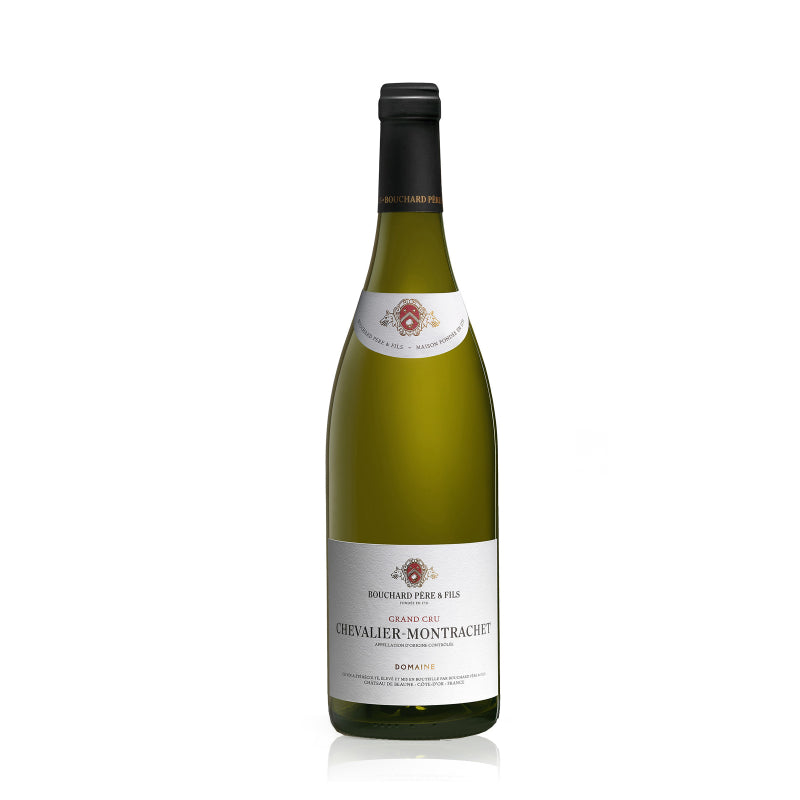Bouchard Pere & Fils Chevalier Montrachet Grand Cru 2013 750ml
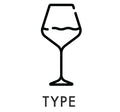





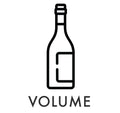
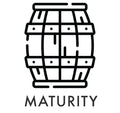
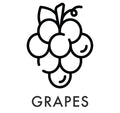

Jamessuckling.com | JS 97
Published: Jun 16, 2015
This white is spectacular with a muscular and tightly formed design that gives the wine a wonderful density and agility. Really in texture more like a red wine. Full body, fantastic fruit. Long finish. Better in 2018.
The Wine Advocate | RP 92-94
Published: Dec 30, 2014
Drink: 2018-2035
The 2013 Chevalier-Montrachet Grand Cru has a crisp, limestone, mint-scented bouquet that is very nuanced, but gains intensity all the time in the glass. The palate is very well balanced with a taut line of acidity, hints of white peach and orange zest developing toward the tender but long finish that reveals its mineral core with each swirl. This is a classy Chevalier-Montrachet from Bouchard Pere.
I met cellarmaster Frédéric Weber at Bouchard Père this year at their winery (on the Beaune péripherique) bustling with tourists. Once we had gotten away from the madding crowds, I tasted through their entire range. “It was a little complicated in the vineyard,” Frédéric explained somewhat euphemistically. “The winter was cold and humid and this retarded the vegetative cycle by around 20 days. There was a lot of coulure in the Côte de Nuits so there was a small harvest. We lost around 30% of the crop from flowering there, but in the Côte de Beaune the flowering was better. However, there was the hailstorm on 23 July and for example, the vineyard of Pommard Pezerolles was completely lost. Fortunately, July was sunnier and it [the growing cycle] managed to catch up. We de-leafed the vines and we found that the berries were small and this aided aeration. We commenced the harvest on 30 September and it finished quite late on 11 October. We undertook a slightly longer maceration this year and we did one pigeage per day and no remontage for a more progressive fermentation. So in total there was an 18 to 22 days cuvaison. There was also greater stem addition this year up to 30% and these were covered in the vat with de-stemmed berries.” I must confess that I found the range of wines from this historic producer a little inconsistent, in particular with regard to the reds that lacked the depth, fruit concentration, the panache of the more impressive 2012s last year. That is to be expected given the growing season. Matters improved once we began broaching the whites and especially around Puligny. Bouchard’s Puligny Combettes is as good as anything I tasted from that premier cru during my travels, likewise their Meursault Perrières: both excellent examples. My advice is to tread carefully in 2013. There are certainly some gems, but also wines that I suspect will be overshadowed by the 2012 and the forthcoming 2014s.
Bouchard-pereetfils.com
According to the legend, the Lord of Montrachet shared his land out between his two sons. One became a Chevalier during the crusades and the other, illegitimate, is supposed to have given his name to Batard-Montrachet. Chevalier-Montrachet forms a horizontal strip at the top of the upper part of Montrachet and is made up of four terraces with different sub-soils, giving four different facets to this exceptional Grand Cru. During the 19th century, we acquired several vineyards and have now become the main owner and the only producer with vineyards on all four terraces.
TASTING NOTE: Distinguished bouquet, with floral and fruit aromas as well as a toasted note. Complex and rich, without the least heaviness, this wine is elegance itself. Very good ageing potential.
FOOD/WINE PAIRING: Fish dishes in sauce, foie gras, elegant starters.
SERVING TEMPERATURE: Between 12C to 14C
AGEING POTENTIAL: 7 to 10 years and more
HARVEST: manual, in small cases of 13 kg. Careful manual sorting of each grape.
VINIFICATION: The pressing takes place in two phases: evacuation of the first juice, then pressing in two-hourly cycles.
MATURING: 12 to 13 months in French oak, with up to 15% new oak, depending on the vintage.
AGEING: The cellars located in the Bastions of the ancient Chateau de Beaune offer ideal ambient conditions. Thanks to their natural hygrometry and constant temperatures, the Grands Crus enjoy from their first youth an environment that is perfectly adapted to tranquil ageing.
GRAPE VARIETY: Chardonnay
EXPOSITION: East-Southeast
SOIL OF THE APPELATION: A lot of limestone, marly on stony subsoil
TOTAL SURFACE OF THE APPELATION IN PRODUCTION:7.59 hectares
DOMAIN SURFACE IN PRODUCTION: 2.33 hectares

